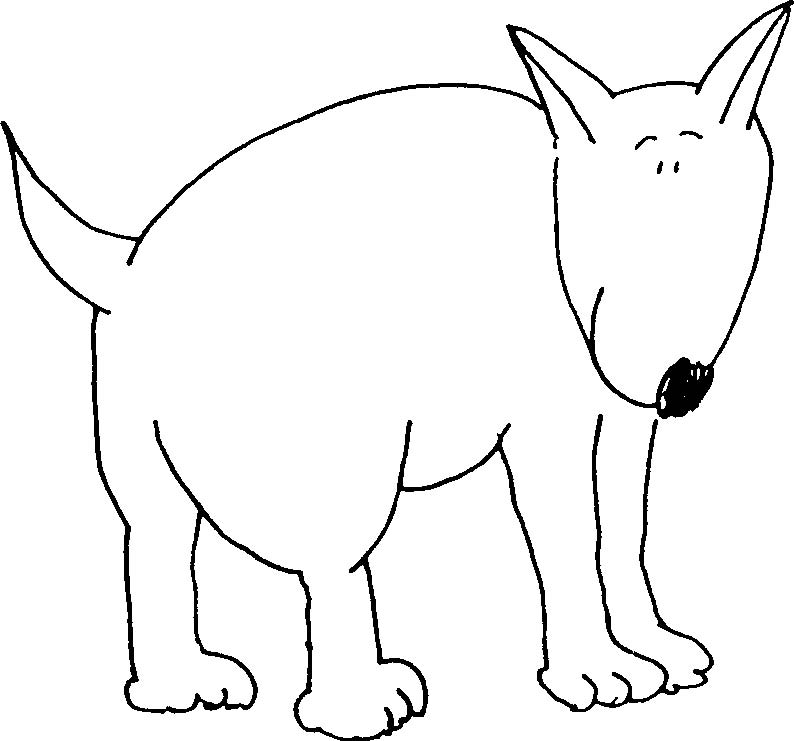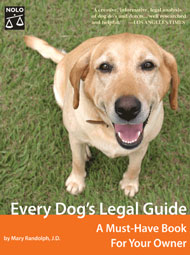Lost and Found Dogs
If a dog turns up on your doorstep, you are not free to decide that "finders are keepers" and do whatever you want with it.
If you don't want the dog, you must notify animal control authorities, who have the responsibility of trying to find the owner. You should not, unless there is an emergency, take it upon yourself to have the dog destroyed.
Example. A Louisiana man found a sick puppy, which wasn't wearing a collar, in the front yard while he was visiting his father one morning. He took the pup to a vet and, given a discouraging prognosis, two days later asked the vet to humanely destroy the dog. Only later did the dog's owners find out that the dog had been taken and destroyed. They sued and won the value of the dog.16
What if you do want to keep the dog? If a local or state law requires you to turn it over to the animal control authorities, ask for the first chance at adoption. But even if you're allowed to hang on to the dog, you must try to find the owner yourself. If you don't, you could be liable to the owner for the dog's value.
Here are some basic steps to take:
- If the dog has a license tag, call the animal control department and get the owner's name.
- Ask the people who live around where you found the dog.
- Put a notice in the newspaper, and notify local radio stations if they read lost dog announcements on the air.
- Post signs near where you found the dog.
Common sense should tell you what to do: if the dog is healthy and well fed, someone is probably looking desperately for it. If it looks like it hasn't had a good meal or a bath in a while, it's unlikely that an owner is worried about it - or that it will be adopted if you leave it at a shelter.

HIGH-TECH DOG TAGS
Forget license tags - for the high-tech dog, a microchip ID is a must. A tiny microchip, injected into a dog's shoulder, provides foolproof, permanent identification. Owners can pay a veterinarian to insert a chip, which is about the size of a grain of rice, for about $25; some animal shelters also insert the chips in dogs they release for adoption.
Reading the chip requires a hand-held scanner, similar to the ones used in stores to ring up bar-coded prices. When the chip is scanned, the dog's identification number shows up on a computer screen. The person doing the scanning makes a toll-free call to the company that maintains the system, which then notifies the dog's owner.
Tens of thousands of animals (dogs and cats) have already been fitted with the chips. And many veterinarians and animal shelters have scanners.
How would someone know to scan a dog? If the dog is still wearing its collar, a tag will alert finders that the dog has a microchip. But the companies hope that as the chips become the preferred method of identifying pets, scanning strays will become routine.
For more information, talk to your veterinarian.
